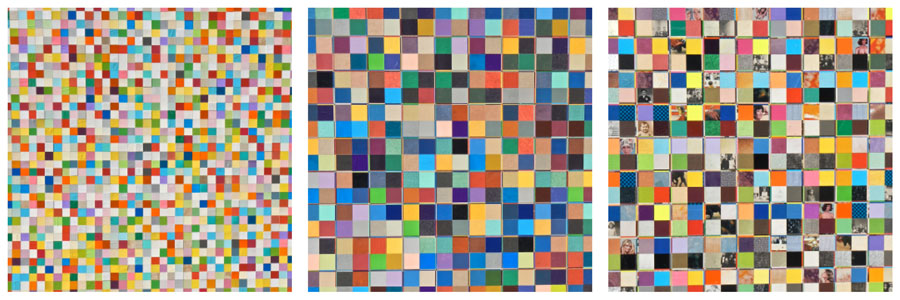
In Spring 2016, Barre Center for Buddhist Studies held its first Dharma and Arts Symposium. As board member and artist, Rosalyn Driscoll, pointed out during the conference, it can sometimes seem to practitioners that “art-making is off the map…at worst, a distraction from the path to awakening”. As a way of putting it back on the map, artist-practitioners came together over the course of 4 days to discuss the intersections of Buddhism, dharma practice and artistic expression.
Comprised of talks, artists’ presentations, group exercises, small group discussion, and meditation, the event provided many rich opportunities for exploring these topics and laid the groundwork for continuing to do so through future courses and events at BCBS.
Over the coming months, Insight Journal will be offering video of the conference presentations, including material from: Stephen Batchelor, Roz Driscoll, William Edelglass, Mirka Knaster, David McMahon, Roshi Pat O’Hara, Ruth Ozeki, Julie Puttgen, and Gay Watson.
The presentations are comprised of individual artists’ sharing of their work; personal narratives of creation and expression in relation to dharma practice; discussion of the ethics of art and art-making as a form of practice; and more scholarly considerations of the historical and philosophical contexts for art, expression and image-making within Buddhist culture and practice.
Emptiness and Artistic Practice
Insight Journal has organized the Dharma and Art Symposium videos into groups with loosely-related themes. This month, we offer two presentations that each draw upon the Madhyamaka philosophy of emptiness to discuss artistic creation, aesthetics, and practice.
Stephen Batchelor’s “An Aesthetics of Emptiness” (also included in his latest book: Secular Buddhism: Imagining the Dharma in an Uncertain World). is an engaging and multi-layered autobiographical exploration of his evolution as a collage artist. While discussing his personal process of artistic creation, Batchelor connects the work of the artist-practitioner to both Buddhist and Western philosophical traditions.
Batchelor frames his personal story with a discussion of western philosopher, Immanuel Kant’s, tripartite division of aesthetic experience into the agreeable, the beautiful, and the sublime onto which he maps various other tripartite Buddhist conceptual schemas. Moving from the three realms of sensual desire, pure form, and formlessness; to the Mahayana 3 bodies of awakening (dharmakaya, sambhogakaya, and nirmanakaya); and then finally to the three eightfold path factors stemming from right view (intention, speech and livelihood), Batchelor weaves a skillful narrative of artistic creation as dharma practice.
Gay Watson’s talk on creativity in dharma and art was cheekily redubbed “Yet Another Middle Way”, and explored the ways in which the teachings on both dependent arising and emptiness have served as “wellsprings for creativity” for artists within the 20th century Western tradition.
Exploring this question through the themes of attention and intention, Watson first posits that artists, in particular, have the capacity to transmit an understanding of emptiness that diverges from the norms of Western logical positivism and depends upon a receptive and open quality of attention. Watson examines various iterations of the “dance of emptiness and arising” by tracing a path between a diverse array of artists including Virginia Woolf, Thomas Beckett, John Cage, Paul Cézanne, and James Turrell.
Watson closes with a discussion of the problems of the over-emphasis on individualism within the Western cultural tradition which she proposes can be reframed by exploring the “middle path” opened up by the productive tension between creativity and constraint in both spiritual practice and artistic expression.
The symposium was a wonderful start to what we hope will be a long-term, evolving community of art-makers from various Buddhist traditions and creative disciplines engaging with each other to explore the relationship between their creative processes and practices.